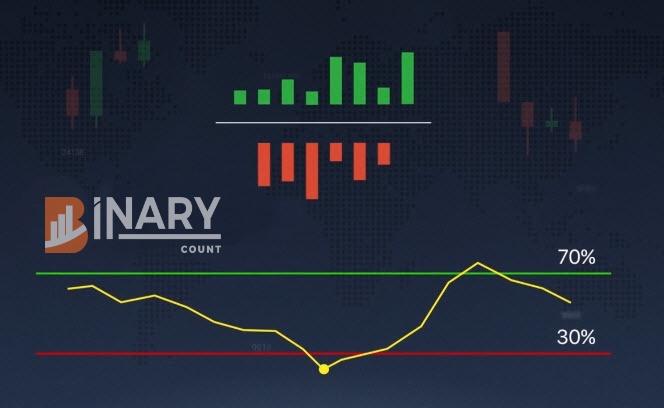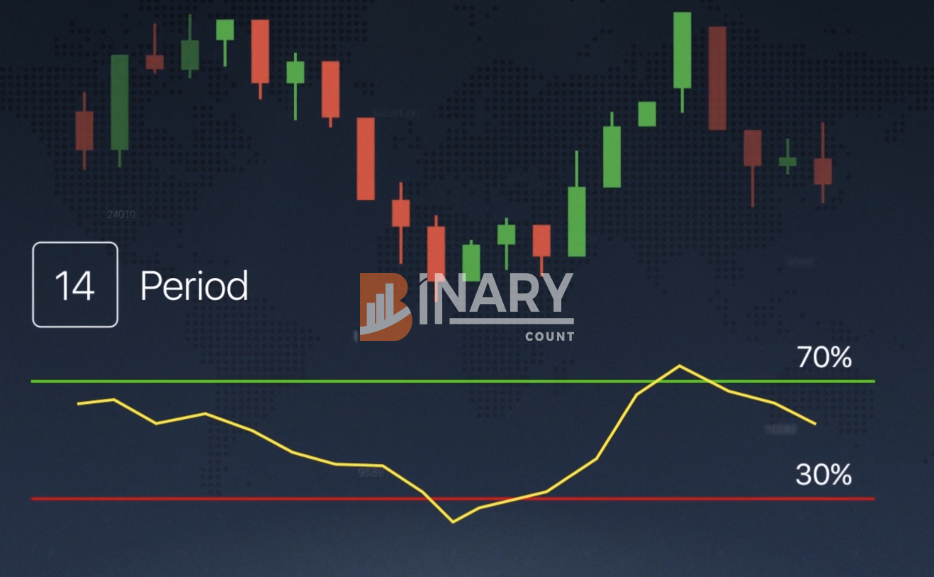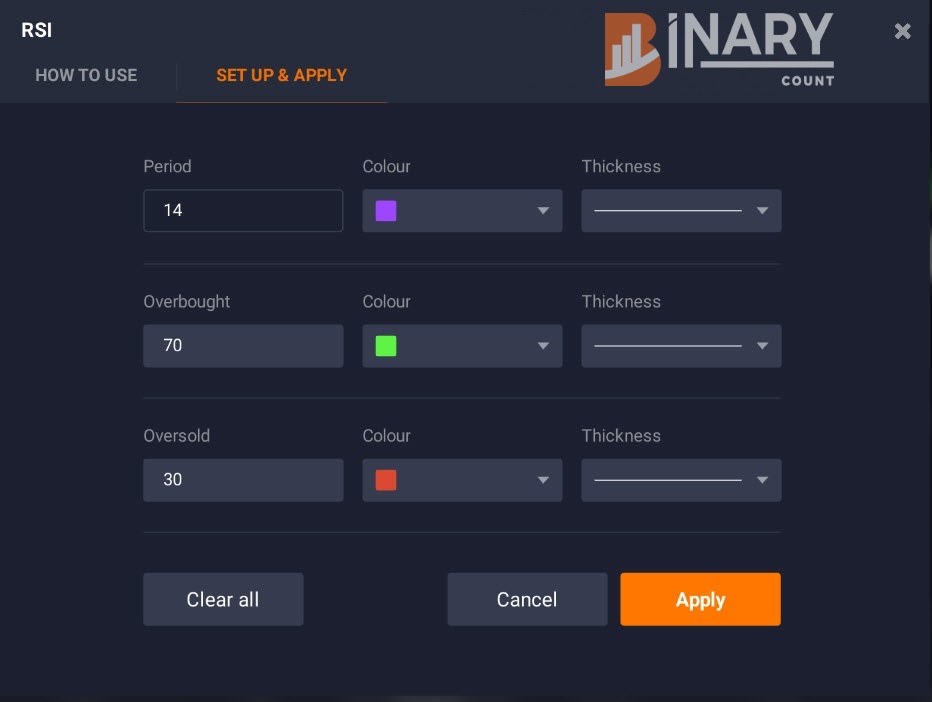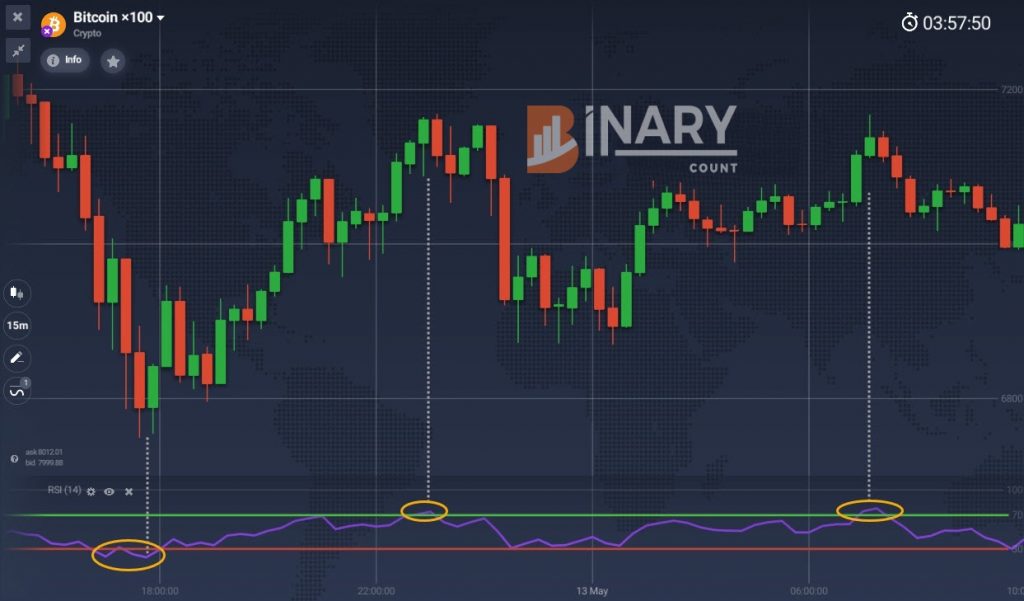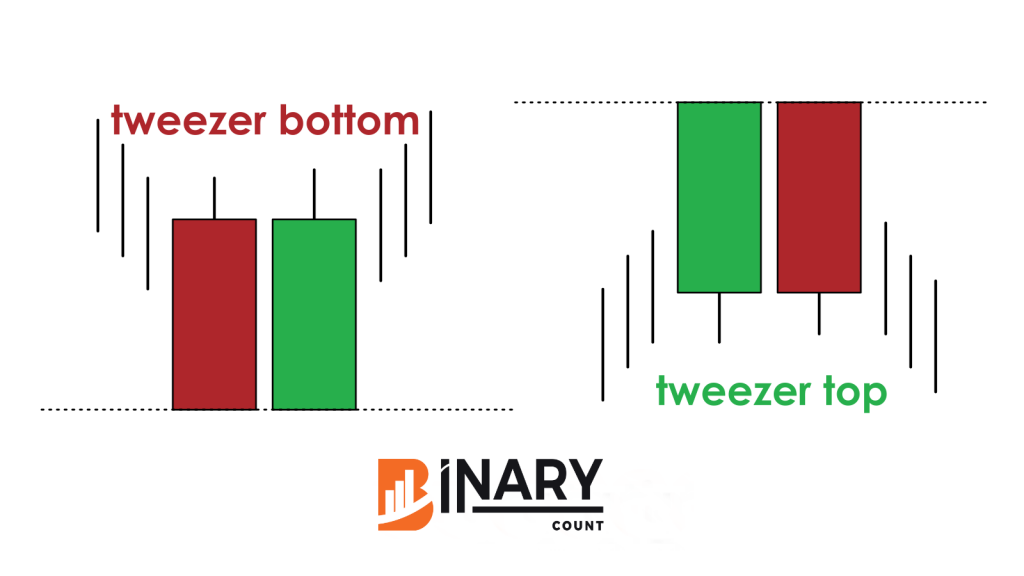Overview of Introducing Brokers
Options brokers will run marketing campaigns both online and offline to gain new clients. The success of these marketing campaigns largely depends on their targeted regions and the popularity of the platform.
However, marketing campaigns are now treated with suspicion given the dozens of scam platforms popping up each year.
That’s where IBs come in.
Introducing Broker acts as an affiliate partner to the broker. Their primary job is to refer new traders to a particular broker. In return, the broker agrees to pay the IB a commission for each new trader that opens an account and transacts with real money on the platform.
Let me use a familiar example to explain the IBs role. In real estate, there are the real estate owners who seek out the services of real estate brokers.
The brokers in turn employ a network of well connected individuals who act as referrals. These individual’s job is to find people or organizations who might be interested in purchasing real estate.
If the referral buys the real estate, the owner pays the broker their commission. The broker in turn shares a portion of this commission with the individual who referred the buyer.
Two types of IB
Like real estate referrers, introducing brokers are of two types.
The first type is the one that’s out to make money from you. They know nothing about
binary trading option and will do anything to convince you to join a specific platform.
Many aren’t traders. Their primary weapon is strong marketing skills.
They know that beginner traders want to make money fast so they’ll sell options as a simple way to achieve financial freedom.
Some will go to the extent of giving away free signals on condition that you first join the broker platform they recommend.
The second type of IB will provide you with all the knowledge you need to decide whether to join a particular platform or not. Many of these are active traders and love sharing their knowledge with fellow traders.
A good number of these IBs genuinely want you to trade successfully. They’re willing to put their reputation on the line and will regularly provide tips and guides on how to trade better.
They know that as long as their referrals keep trading and making money, so will they.
How do IBs make commissions?
Every trading platform has their commission model. Some of the popular models include the following:
Types of commission models
Commission paid for every new trader that signs up and starts trading (one time commission).
Commissions paid on total volume traded by traders referred (recurring commission).
Commissions paid out based on the losses referred traders incur (although no supporting evidence is available).
Bonus commissions if IB refers a huge number of traders or, referred traders trade a huge volume.
Now, you can see that all commission models offer a lucrative earning opportunity for IBs. That’s why many are opting to provide quality information to new traders. If a referral opens an account and becomes successful, it means that the IB can make recurring commissions based on volume.
However, there’s still a small group that’s out to squeeze every penny out of your pocket. They know that the more trades you make, the bigger the volume and therefore their commissions check. This group will usually advocate trading 30 second or 60 second options. Whether you win or lose, their main objective is to make money from you.
How do you distinguish between good and bad IBs?
An easy way to distinguish between good and bad IBs is to look at the information they provide on their websites. How knowledgeable are they about the platform they’re promoting? How knowledgeable are they about trading the different markets provided by the platform they’re promoting?
Good IBs will provide tons of knowledge regarding the platforms they promote. This knowledge ranges from trading using different strategies to contacting the platforms support team. In addition, this information is provided freely.
Bad IBs on the other hand are more secretive. Some will go to the extent of giving you access to information and signals only if you register an account with the broker they’re promoting.
However, both good and bad introducing brokers use a similar approach to attract new traders.
Approach used by IBs to attract new traders
For introducing brokers, every new trader counts. It’s a new revenue stream. Their approach to attract new traders is therefore quite similar. It involves 3 steps.
Friendly and approachable demeanor
Come across as knowledgeable and expert trader often showing off winning trades
Promise trader IB is best teacher that will make him money
Recommend a specific broker
This is what you see on their websites. But what happens behind the scenes is what separates the good IBs from the bad bunch.
Bad IBs use their websites to essentially identify new traders who are slightly interested in trading. Once you send them an email or comment, they’ll use every marketing trick to get you to sign up with their preferred broker.
Some of the promises you can expect to get include personalized training to ensure all your trades win, daily trading signals or even free trading cash. But these will only be awarded if you open a trading account. Once you’ve opened an account, the IB simply goes silent and moves on to find the next trader to recruit.
In reality, it’s difficult to know whether to trust an IB or not. But there are some things you can do in order to identify which IB to trust or not.
What to do to identify trustworthy IBs
What markets does the introducing broker recommend?
Traditionally introducing brokers will usually recommend forex markets. But with the growth of new markets such as options, they will also recommend these. If an IB recommends options, look at the trading time frame they recommend you trade.
It’s no secret that 30 second and 60 second time frames could earn you money faster than 5 minute or more time frames. But they could also lose you money faster. And the more your trade, the larger our volume becomes ensuring that the IB makes a commission.
If an IB recommends trading shorter time frames, this should be a red flag. They’re only after commissions generated from your trading volume.
What money management strategy does the IB recommend?
Money management plays a very crucial role in the success of every trader. There are many money management strategies you can use.
If an IB shares a money management strategy, consider the risk it places on your account balance. That is, does the money management strategy focus on making profit or protecting your account?
Some strategies such as the Martingale are high risk-reward. It recommends you increase your trading amount every time you incur a loss.
However, even if we recommend using it, we only advise experienced traders to try it out. For beginner traders, we’ll only recommend you try it out on your IQ Option practice account before trading real money with it.
How many trades per session does the IB recommend?
Unless you’re an experienced trader, you should trade one financial instrument using one trading strategy. You should also limit your daily trades to 10 or less. In addition, you should enter 1 position at a time using a predetermined money management strategy.
If an IB recommends you open several simultaneous trades (to take advantage of the markets), their objective it to have you increase trading volume. This in turn will ensure that they earn their commissions.
Does the IB explain how they make thousands of dollars trading?
Most IBs will not shy away from claiming to have made thousands of dollars trading. They will also provide snapshots of their account balances. However, majority won’t give you the markets, dates and strategies they used to make huge profits.
This marketing gimmick is meant to make you believe that if they can do it, so can you. But trading isn’t just about making your deposit and blindly trading. It involves use of specific strategies in specific market conditions.
If you come across an IB making such claims, don’t shy away from asking about their strategy. If they cannot provide it, it’s likely that their claims are also false.
Most genuine IBs will document their strategies in guides explaining each trade as it went down. They’re also willing to provide information to would be traders when requested for.
Claims to have taught traders who ended up millionaires
Many IBs will claim to have taught students who ended up millionaires. The problem is, they will also claim that due to some legal agreements, they cannot disclose their student’s identities. This IB will further claim that you could join their select group of millionaire students if you join their recommended platform. This should be a red flag. The IB probably made their millions from commissions earned through referring new students.
This however doesn’t mean that all introducing brokers are out to make money from new traders. It simply means that you must be careful before trusting an IBs word and joining an options platform they recommend.Take time to research both the IB and the platform they’re recommending before making your first deposit.
That’s the world of introducing brokers. I hope you’ve learned something from this guide.
Have you joined a platform recommended by an IB? How did our relationship with the IB fair after you joined the platform? Share your views in the comments section below.
